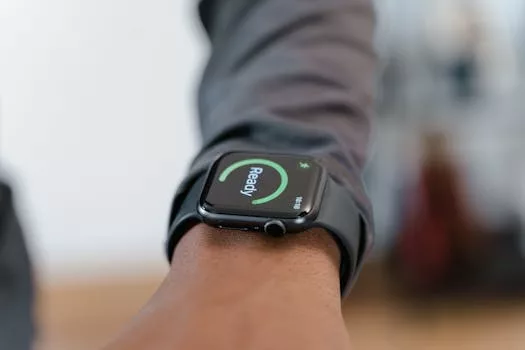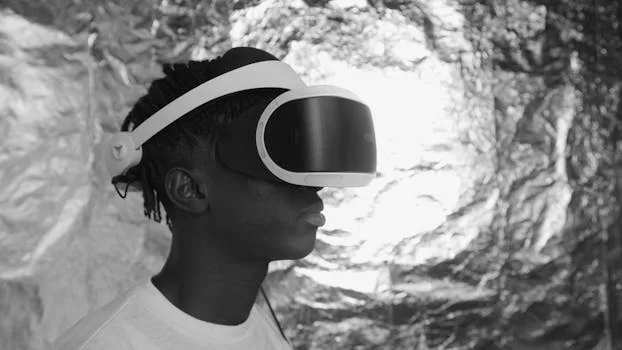
“
The Convergence of AI and Wearables: Shaping the Future of Personal Tech in 2025
Introduction
The convergence of AI and wearables is a rapidly evolving field that is transforming the landscape of personal technology. The integration of artificial intelligence (AI) and wearables is enabling innovative applications and transforming the way we live, work, and interact. In this article, we will explore the current state of AI and wearables, their applications, and the future trends that are shaping the industry.
Current State of AI and Wearables
AI and wearables have been gaining significant attention in recent years, with the global wearables market projected to reach $51.6 billion by 2025. The increasing adoption of wearables is driven by the growing demand for health and fitness tracking, smart home automation, and personalized entertainment. AI is being integrated into wearables to enhance their functionality, accuracy, and user experience.
One of the key applications of AI in wearables is in the area of health and fitness tracking. AI-powered wearables can track a user’s physical activity, sleep patterns, and vital signs, providing personalized recommendations for improvement. For example, the Apple Watch Series 7 uses AI to detect falls and alert emergency services if necessary. This innovation is just one example of how wearable tech is evolving.
Applications of AI and Wearables
The applications of AI and wearables are diverse and rapidly expanding. Some of the key areas where AI and wearables are making an impact include:
- Health and Fitness Tracking: AI-powered wearables can track a user’s physical activity, sleep patterns, and vital signs, providing personalized recommendations for improvement.
- Smart Home Automation: AI-powered wearables can control smart home devices, such as lights, thermostats, and security systems, enhancing the user experience and energy efficiency.
- Personalized Entertainment: AI-powered wearables can provide personalized entertainment recommendations, such as music, videos, and podcasts, based on a user’s preferences and behavior.
- Accessibility and Assistive Technology: AI-powered wearables can assist people with disabilities, such as visual or hearing impairments, by providing real-time feedback and support.
Future Trends and Challenges
The future of AI and wearables is exciting and rapidly evolving. Some of the key trends and challenges that are shaping the industry include:
- Increased Adoption of Augmented Reality (AR) and Virtual Reality (VR): The integration of AR and VR into wearables is expected to enhance the user experience and provide new applications and use cases.
- Advances in AI and Machine Learning (ML): The development of more sophisticated AI and ML algorithms is expected to improve the accuracy and functionality of wearables.
- Enhanced Security and Privacy: The increasing use of wearables is raising concerns about security and privacy, and the industry must develop robust measures to protect user data and prevent unauthorized access.
- Expanding into New Markets and Applications: The wearables market is expected to expand into new areas, such as healthcare, education, and enterprise, providing new opportunities and challenges for the industry.
Conclusion
The convergence of AI and wearables is transforming the landscape of personal technology, enabling innovative applications and transforming the way we live, work, and interact. As the industry continues to evolve, we can expect to see new trends, applications, and challenges emerge. By understanding the current state of AI and wearables, their applications, and future trends, we can better prepare for the exciting future of personal tech.





